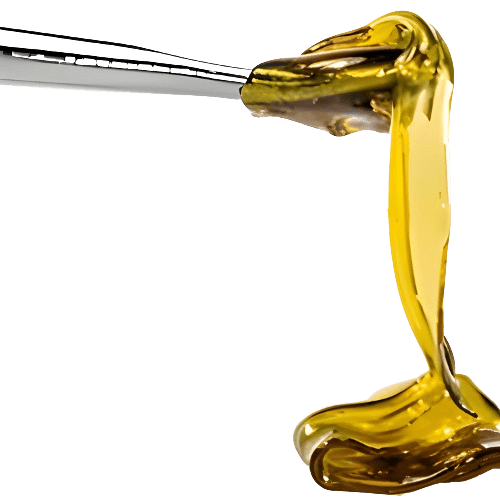
Making Wax – Solvent Hash: Co2 Extraction
Wax is a type of cannabis extract concentrate that is highly potent and typically has a soft, wax-like consistency. The process of making wax involves using solvents like butane or CO2. It ranges in texture from creamy to crumbly and can vary in color from light yellow to dark amber.
A CO2 extractor or supercritical CO2 extractor, is a piece of equipment used to extract the cannabinoids, terpenes, and other desirable compounds from cannabis plant material using carbon dioxide (CO2) as a solvent. Here’s how it typically works:
- Extraction Chamber: The CO2 extraction machine features an extraction chamber where the cannabis plant material is loaded. This chamber is sealed to maintain pressure during the extraction process.
- CO2 Supply: The machine is connected to a supply of pressurized CO2 gas. The CO2 is pumped into the extraction chamber, where it reaches supercritical or subcritical conditions, depending on the desired extraction parameters.
- Extraction Process: In the supercritical or subcritical state, CO2 behaves as both a gas and a liquid, allowing it to effectively dissolve and extract the cannabinoids, terpenes, and other compounds from the cannabis material.
CO2 extraction machines come in various sizes and configurations, ranging from small-scale systems suitable for laboratory or research purposes to large-scale industrial units used for commercial cannabis extraction operations.
Here’s a step-by-step guide to making hash using CO2 extraction:
- Preparation: Start with high-quality cannabis flower or trim. Ensure the material is properly dried and cured for optimal results.
- Loading the Extractor: Load the cannabis material into the extraction chamber of the CO2 extraction machine. The chamber should be filled evenly but not packed too tightly to allow for proper extraction.
- Pressurization: Seal the extraction chamber and pressurize it with CO2 gas. The pressure helps to extract cannabinoids, terpenes, and other compounds from the cannabis material.
- Extraction: The pressurized CO2 gas is passed through the cannabis material, dissolving the cannabinoids and other desirable compounds. As the CO2 passes through the material, it acts as a solvent, extracting the desired compounds without leaving behind any residue or harmful chemicals.
- Separation: The CO2, now carrying the extracted compounds, is then transferred to a separate chamber where the pressure is released. As the pressure drops, the CO2 reverts to its gaseous state, leaving behind a concentrated cannabis extract.
- Collection: The concentrated extract is collected from the extraction chamber and may undergo further processing or refinement, depending on the desired final product. This may include purging to remove any residual solvents or impurities.
- Storage: Store the finished hash in a cool, dark place away from heat and light to preserve its potency and freshness.
- Testing: Optionally, the hash can be tested for potency, purity, and safety to ensure it meets quality standards.
By following these steps, you can produce high-quality hash using CO2 extraction, known for its efficiency and ability to preserve the natural flavors and aromas of the cannabis plant.
Purging and purifying
After the CO2 extraction process, purging is a crucial step to remove any residual solvents or impurities from the hash. Here’s how it’s typically done:
- Heat Application: The extracted hash is placed in a vacuum oven or vacuum chamber. Heat is applied to the oven or chamber, typically ranging from 100°F to 140°F (37°C to 60°C). This low heat helps to evaporate any remaining CO2 and other solvents without degrading the cannabinoids or terpenes in the hash.
- Vacuum Pump: The vacuum pump creates a low-pressure environment inside the oven or chamber, which accelerates the evaporation process. The reduced pressure allows the solvents to vaporize more easily at lower temperatures.
- Purge Time: The length of the purging process varies depending on factors such as the amount of hash being purged, the initial solvent content, and the desired level of purity. Purging times can range from several hours to several days.
- Monitoring: Throughout the purging process, the hash is monitored closely for changes in texture, color, and consistency. Experienced extractors use visual cues to determine when purging is complete, such as observing bubbles or seeing a decrease in viscosity.
- Testing: Optionally, the purged hash can be tested for residual solvent levels to ensure that it meets safety and quality standards. Testing may be done using analytical techniques such as gas chromatography or liquid chromatography.
By purging the hash after CO2 extraction, extractors can ensure that the final product is free from residual solvents or impurities, resulting in a safe and high-quality cannabis concentrate.









You must be logged in to post a comment.